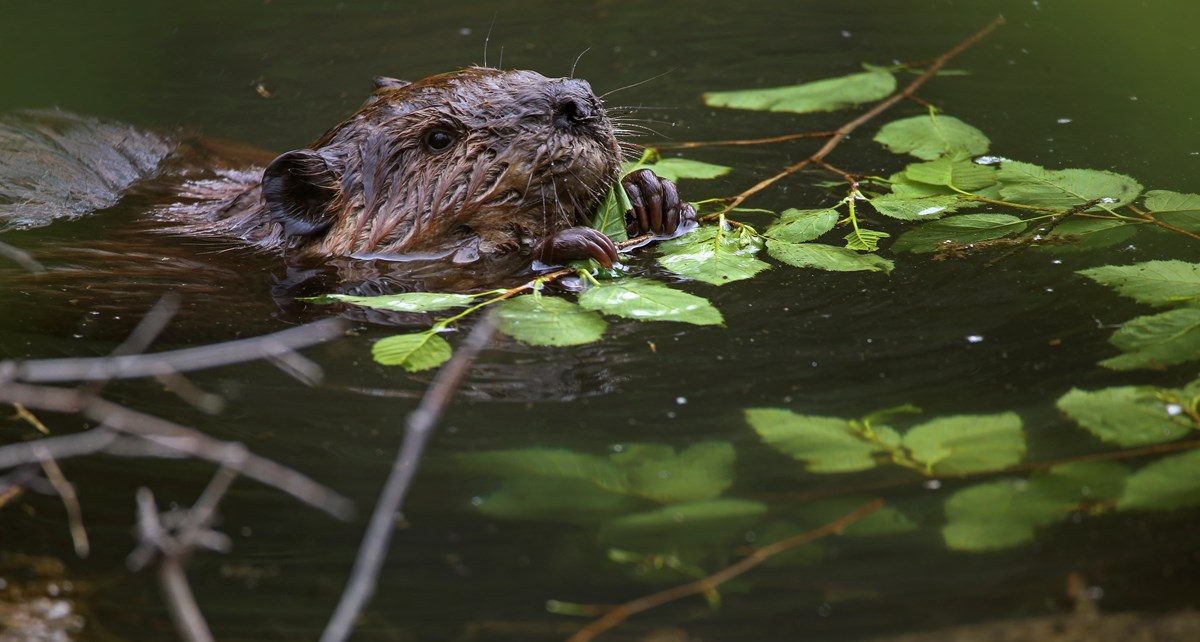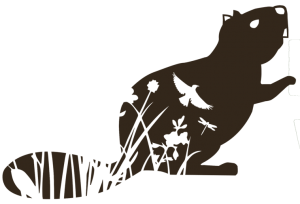 JOIN US! MAY 28TH at 7PM
JOIN US! MAY 28TH at 7PM
THE BEAVER BELIEVERS FILM SCREENING (ONLINE)
Beaver, a keystone species, were nearly extirpated from eastern Oregon by 1900. Their absence resulted in the loss of natural processes which provided resilience in riparian ecosystems. The loss of resilience left these ecosystems extremely vulnerable to degradation by changes in land use that occurred during settlement.
While more modern land uses and management regimes in place since the initial degradation occurred may be less intense, they are often just enough, in the absence of the resilience generating processes, to prevent the recovery of processes which could restore resilience and ultimately beaver. With the addition of climate change as a stressor, riparian areas which may have eventually achieved a recent, degraded, and undesirable level of equilibrium are now likely on a downward trend again.
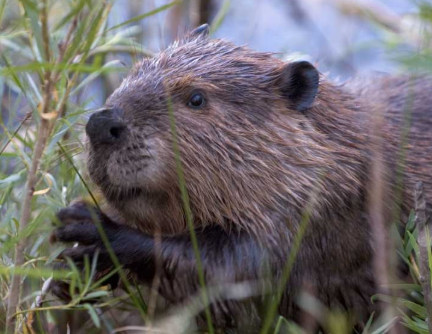
(Read on The Hudson Bay Company's Fur Desert Policy, by Jennifer Ott.)
The Goal
Support beaver and the required components and processes that 1) sustain them and 2) allow them to function as keystone species. Prioritize these efforts in areas of their former range where they will have the largest impact on climate resiliency. And provide political and social systems to provide the individuals, their habitat and systems with long-term protection from human disturbance.
Assumptions
Climate resiliency is a useful umbrella concept to target for the benefit of a wide range of objectives: Such as the reliable presence of cold water, drought resistance and overall increased resource productivity. All these objectives are clearly beneficial to interest groups involved: agriculture, recreation and conservation.
Areas of biggest impact would need to be prioritized, but there are a variety of tools and models that could be combined to give this guidance.
Three Legs of the Stool
At any given location the following are needed:
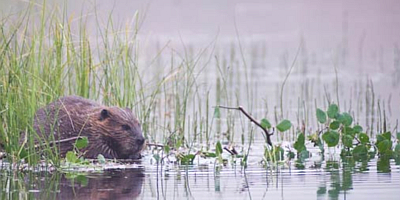
BEAVER
Multiple generations of beaver need to be present in the same place at the same time. Mature beaver are needed to teach immature beaver, and to themselves engage in the dam building and other processes which sustain and alter their habitat.
- Translocation is rarely needed
- Time
Beaver need at least sufficient protection from compensatory levels of take from hunting/trapping; a level of mortality which would preclude population expansion.
- Education of local people, interest groups, land managers, natural resource agencies about alternatives to killing beaver, and their role and benefits
- Changing local management regulations and land designations
- Changing state laws
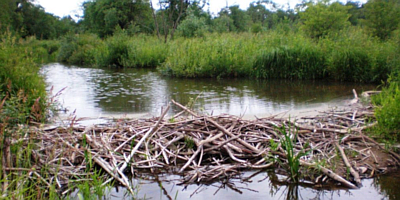
HABITAT
There needs to be sufficient amounts and varieties of self-sustaining sources of food and building materials to sustain beaver families.
- This is not effectively quantified, but once it is, it could be modeled and a state-wide analysis could be conducted to see where habitat is lacking in priority areas.
- There needs to be enough water to sustain beaver escape cover throughout the year, to attract beaver to a stream reach, and to maintain the vegetation they require.
- Practices such as irrigation, land use conversion, stream channel alteration which reduce water flows either individually or cumulatively to sub-critical levels should be restricted within priority watersheds.

FREEDOM FOR PROCESSES TO FUNCTION
Human/beaver conflicts need to be mitigated
- Processes by which mitigation can be accessed easily when it is needed (e.g beaver deceivers, plant caging, etc.)
- Education of role of beavers and mitigation opportunities.
- Laws and land management plans need to specifically designate sustaining actíve, multi-generational beaver populations as a priority and give substantive guidance to staff as to what that means in terms of on the ground management.
- Space to function: activities at levels which hinder the function or recovery of processes required for beaver should be restricted within riparian areas in priority areas. E.g. construction, road building, over-grazing, etc.
- Time: regulations should observe a timescale that recognizes that many processes that are involved occur on long-term cycles, and that the entire cycle must be allowed for, not just portions. For example, large parts of the productivity and ecological services rendered by beaver habitat modifications occur during periods of the cycle when beaver are absent from a site, when vegetation is regrowing, ponds have silted in and a meadow has formed; This area still needs to be protected for the value it is currently contributing, and for the eventual return of beaver to the site.
